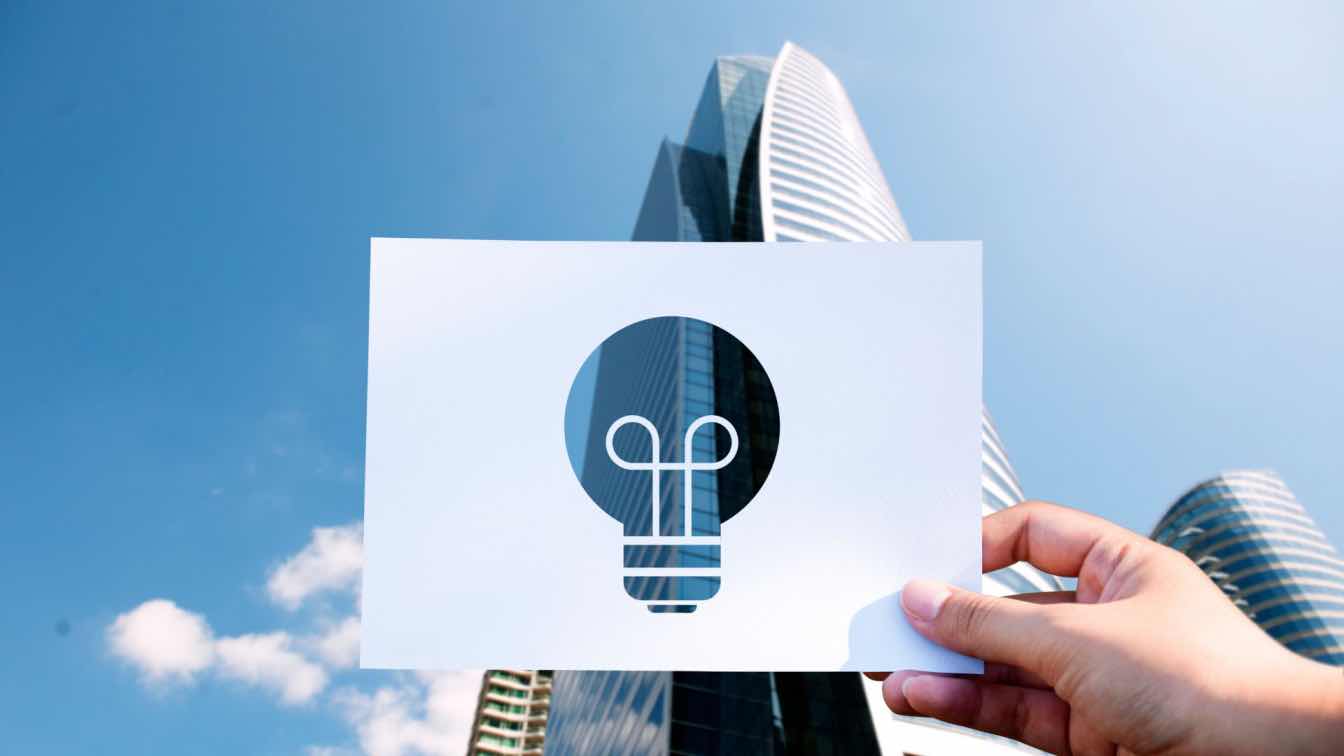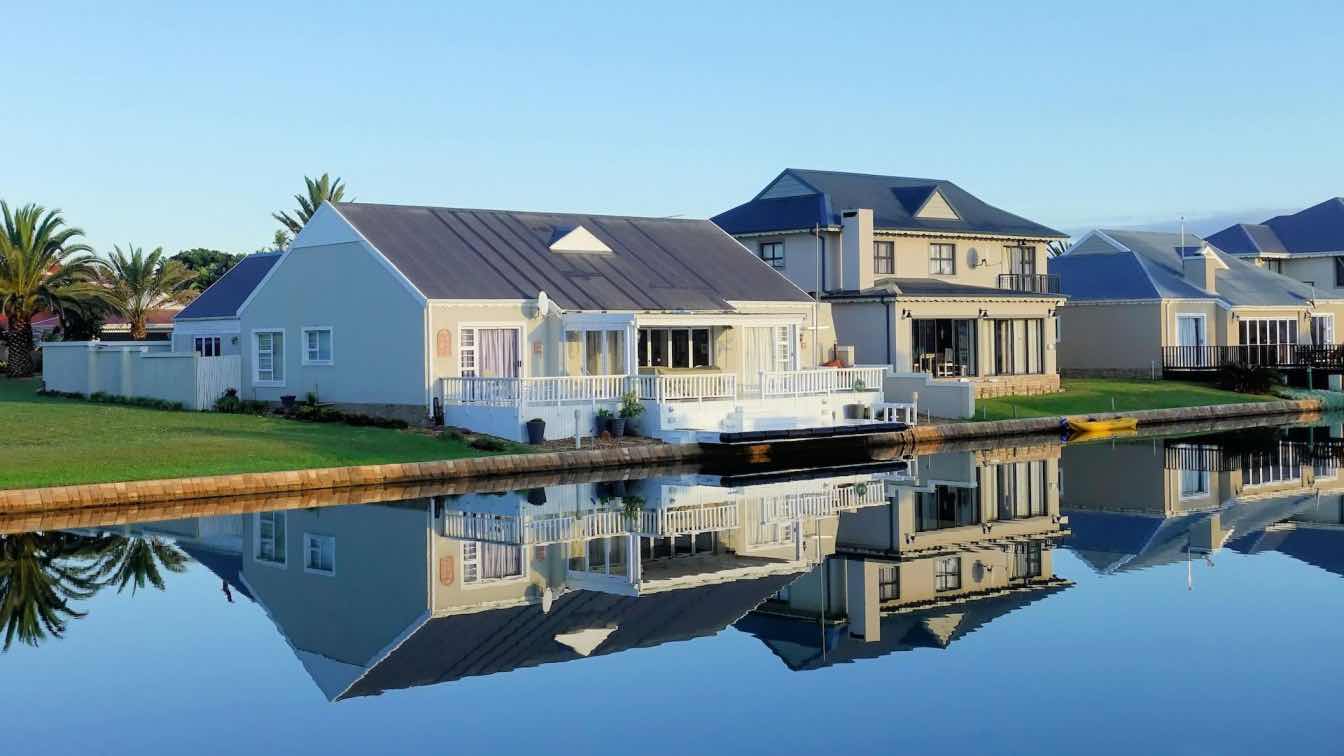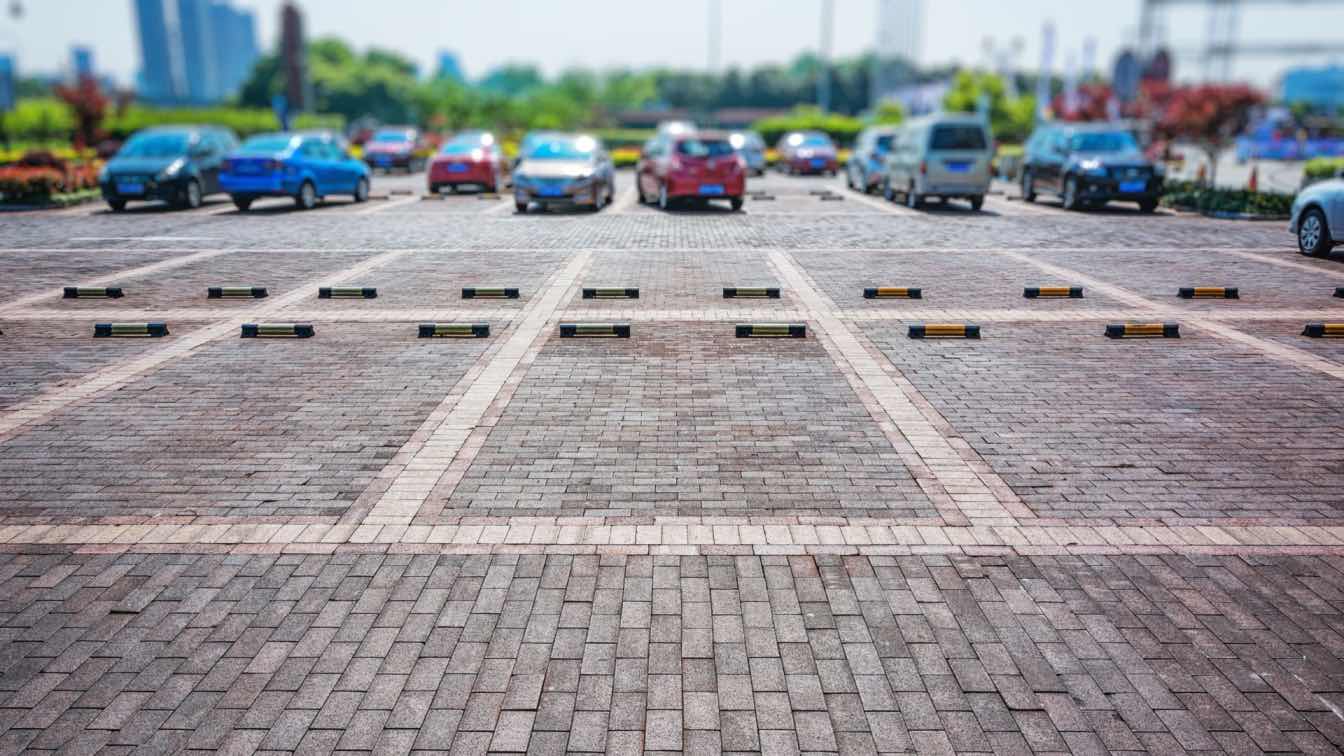What makes a great office other than great employees? Great design! While physical needs such as ergonomic furniture are an important part of workplace productivity, nothing may be more important than an employee’s psychological outlook when it comes to getting the work done.
Spaces, colors, lighting, chairs, desks, and tables are all vital parts of creating a dynamic workspace. So, how can business owners and managers create a work environment that inspires employees to be more creative and productive?
There are a variety of factors that will affect mood, attitude, and focus during office hours. Let’s consider how managers can make design choices that positively impact their employees’ well-being and hence their productivity on the job by choosing the best lighting products.
Office Design and Productivity Are Linked
The monetary success of any business depends heavily on the mental and emotional well-being of its workers. Workspaces need to promote focus yet be comfortable. Team cohesion should be a priority through the creation of community areas, but privacy is also a must.
Work areas need to be varied to accommodate either sitting or standing during tasks and need to include spaces for relaxing such as comfortable lounge stations where great ideas may be born. You want your employees to be happy on the job, and the workplace environment will affect mood.
To transform four walls into a stimulating workspace, there are a few basics that should be prioritized when deciding the perfect office design for your company.
Open or Closed Layouts? Spaces Can Remove Barriers but Maintain Boundaries.
In open spaces, everyone present is involved in some manner and consequently accountable. Removing walls will do a lot in terms of eliminating barriers and promoting team cohesion. Cubicle separation does not encourage team interaction.
Still, privacy is important for some tasks, so transparent dividers are a possible solution to providing privacy, when necessary, while not obstructing team unity and openness. While an open design will encourage interaction and collaboration, private spaces allow for projects requiring more focus.
Office spaces should also be ideally divided to address the needs of different-sized groups such as individual face-to-face meetings, small groups, or large teams. Workspace versatility can be a design choice especially if your office space is not large. Transparent dividers and movable furniture can allow offices to adjust space arrangements to meet specific daily needs.
Lighting Layouts Matter
Lighting is as important to getting work done comfortably as the right desk and chair are. Bad lighting will not only sabotage productivity, but can lead to eye strain, headaches, fatigue, and confusion. Harsh overhead lighting is not necessarily conducive to productivity. The use of smaller direct location lights aimed at work on a desk or table can help with concentration while halogen lights are known to highlight detail work with increased clarity.
Colors and Materials Make a Difference
Colors can make a huge difference in attitude and mood. Greens are known to be relaxing, while blues are thought to encourage focus. Yellows may be cheery and inspiring. Avoid overly harsh or bright colors as these can be distracting or irritating.
Materials and design elements that reflect a company’s culture can contribute to a positive environment and act as morale boosters and promote a sense of belonging.
Temperatures Are Crucial to Comfort
A comfortable temperature should be maintained to encourage productivity. Extreme heat or cold can negatively affect health and concentration, rendering employees less productive. If individual temperature controls are not an option, consult your team to establish a consensus on what a comfortable office temperature would be.
Limit Noise
Noise can be a major distraction. If your office space is subject to environmental noise, consider installing carpeting, acoustic panels, or sound-absorbing textiles and materials. Provide dedicated spaces for employees that need a quiet space for challenging work.
Air Quality
Good air quality will contribute to the well-being and general health, so quality ventilation and air filtration should be a priority when creating a healthy office environment.
Ergonomic Furniture Promotes Workplace Health
The choice of ergonomically designed furniture will support healthy posture and reduce the risks of posture-related medical issues. Adjustable furniture can permit individual employees to customize a workstation for their comfort.
Don’t Forget the Amenities
Access to restrooms, lunch spaces, or break rooms is essential and will contribute to reducing employee stress and increasing productivity.
Movement Helps
Designing an office space that promotes movement during the day will support both physical and mental health. Pathways, a gym space or exercise machines, and standing desks will aid employees in staying both physically and mentally active.
Personalization of Workspaces
Encourage employees to personalize their workstations with personal effects, photos, flowers, or plants. Personal touches will promote a sense of proprietorship contributing to employee satisfaction.
A Company’s Greatest Resource Is Its Employees
The psychology of engaging office design will significantly impact employee well-being and performance. Office space planning needs to foster creativity, collaboration, and productivity. Potential employees will note the vibes that an office and its occupants produce and an innovative workspace can be the difference when attracting new talent to your team.
A great office design will not only afford aesthetic appeal for employees, customers, and visitors but will impact productivity and your company’s overall success.





